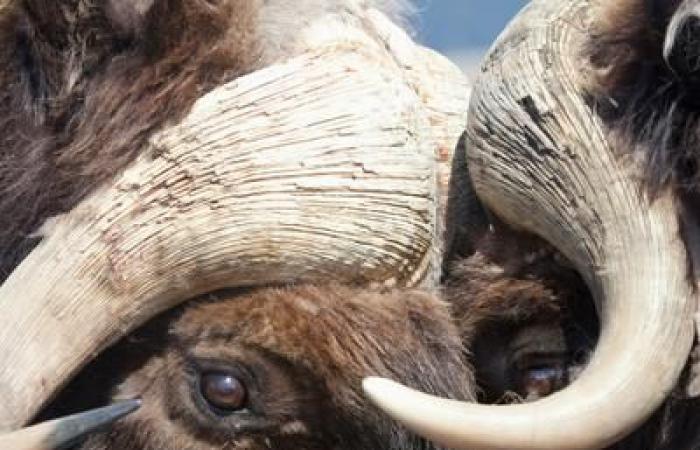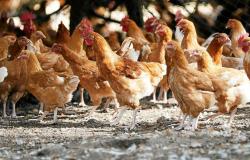“Their lives are not that complicated,” explains the neuroscientist. “So they potentially survive just long enough to do what they need to do.” »
And even if they developed these pathologies, no one would know. “There is no behavioral scale for muskoxen. We cannot therefore say whether they lose a little memory or not,” she adds.
In some ways, the muskox represents an interesting parallel to some marsupials, says Diana Fisher, a mammal ecologist at the School of Biological Sciences at the University of Queensland, Australia.
Small and carnivorous, antechinus are a genus of marsupials native to mainland Australia and Tasmania. In recent years, they have made headlines for the way males practice semelparity, which is a single large reproductive cycle followed by a planned death. Females can live two to three years or more, but males rarely last more than eleven months.
“They have a very frenetic mating season,” Fisher says. Mating can last twelve to fourteen hours, and afterward the male tries to mate with as many other females as possible, leading to his death.
“The collagen in their skin disintegrates, their intestines disintegrate, and they have internal bleeding,” Fisher says. “They become very susceptible to parasites and diseases, and their immune systems collapse. » Within a few weeks, they will be dead.
“This is all rather unusual among mammals,” says Fisher, because mammals tend to survive long enough to experience multiple mating seasons.
Suicidal reproduction is most common among insects, fish, plants and arachnids: when another species native to Australia, the red-backed black widow, mates, the male places himself in its mouth after the act.
“This deters the female from continuing to mate because she is busy eating,” adds Fisher.
In large colonies of social insects, a similar but slightly different dynamic occurs.
But what explains such a desire to kill oneself, from an evolutionary point of view?
“It’s quite simple,” replies Thomas Seeley, a biologist at Cornell University and author of The Lives of Beesin an email. “Workers achieve genetic (evolutionary) success not by reproducing themselves, but by helping their mother, the colony queen, to do so. This aid can notably aim to defend the colony,” he explains.
“Some researchers call it a 'superorganism,'” Alice Laciny, an entomologist who works on explosive ants at the Natural History Museum in Vienna, said by email. “Thus, an ant colony or bee hive is more like a single large animal, with the queen representing the reproductive organs. Workers are numerous and only need small amounts of resources to grow, so they are similar to the cells of a body, in a way. »
As with muskoxen, what appears to us to be violent, self-destructive behavior on the part of worker ants seems worth it, as long as it leads to reproduction.
“In this system, it is by protecting its queen and its sisters, going so far as to sacrifice itself if necessary, that a worker ant can protect and transmit its genes,” explains Laciny.
The distance that some mothers are willing to travel to give their young a chance represents another form of sacrifice found in the animal kingdom.
After birth, some species of amphibians, legless, literally eat the top layer of their mother's skin as their first meal. African social spiders Stegodyphus dumicola go even further: some females allow their young to practice matriphagy, that is to say, they let them kill and eat them.
“Inevitably, females exhaust all their body reserves and die while still retaining their eggs,” Fisher explains.
“It's obviously painful for them, but that's how many species achieve the greatest success in ensuring the survival of the next generation. »






